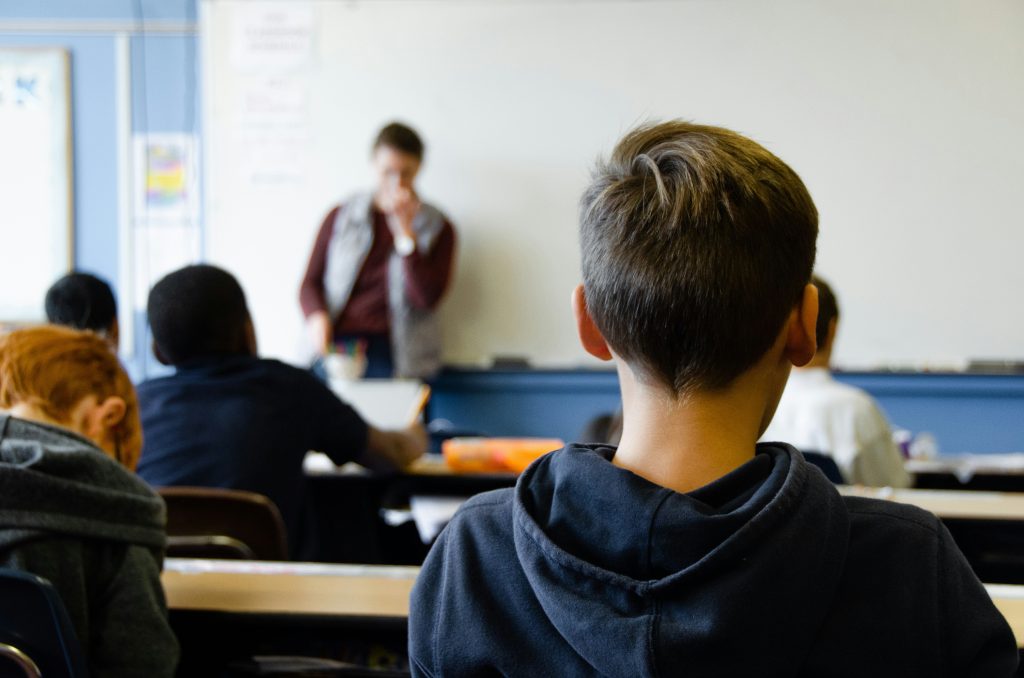
March 26, 2024 By Carol Britton Meyer
There has been a 12 percent increase in the number of Hingham Public Schools special education students over the past five years.
The School Committee this week heard a report centering around a district-wide evaluation of the HPS special education program and services conducted last Fall.
The purpose of the evaluation — requested by Supt. of Schools Margaret Adams and Interim Executive Director of Student Services Barbara Cataldo — was in part to identify trends and patterns in referrals and program placement; determine the effectiveness and utilization of current special education personnel and current programs and service interventions; and to support the creation of a long-range plan that addresses the needs of the student population.
The report relates to present and future programming needs; inclusion of students with disabilities in general education classes and activities; instructional supports that are required to ensure greater access to the general curriculum for students with special needs; and current and future staffing and space needs for special education.
Other considerations include effective utilization of existing programs; services and professional and paraprofessional staffing for special education; comparative data for the district in relation to state data for census and expenditures; cost containment initiatives; procedural practices and pre-referral procedures; and professional development offerings for all school-based personnel.
The evaluation was conducted by Robert McArdle, MEd, with 45 years of public education experience, including special education; Sandra Einsel, PhD, with 40 years of experience in special education; and Marlene Dodyk, PhD, a special educator and administrator with 40 years of experience in the field of special education and program development.
The full report will be posted on the HPS website this week, including the methodology used, commendations, factors affecting programming and services, findings, and recommendations.
Next steps include reviewing the findings and recommendations with various stakeholders; outlining a three-year plan to address areas of need identified in the report — to be presented to the School Committee in June — and researching, developing, and planning for social emotional and behavioral health programming, among others.

